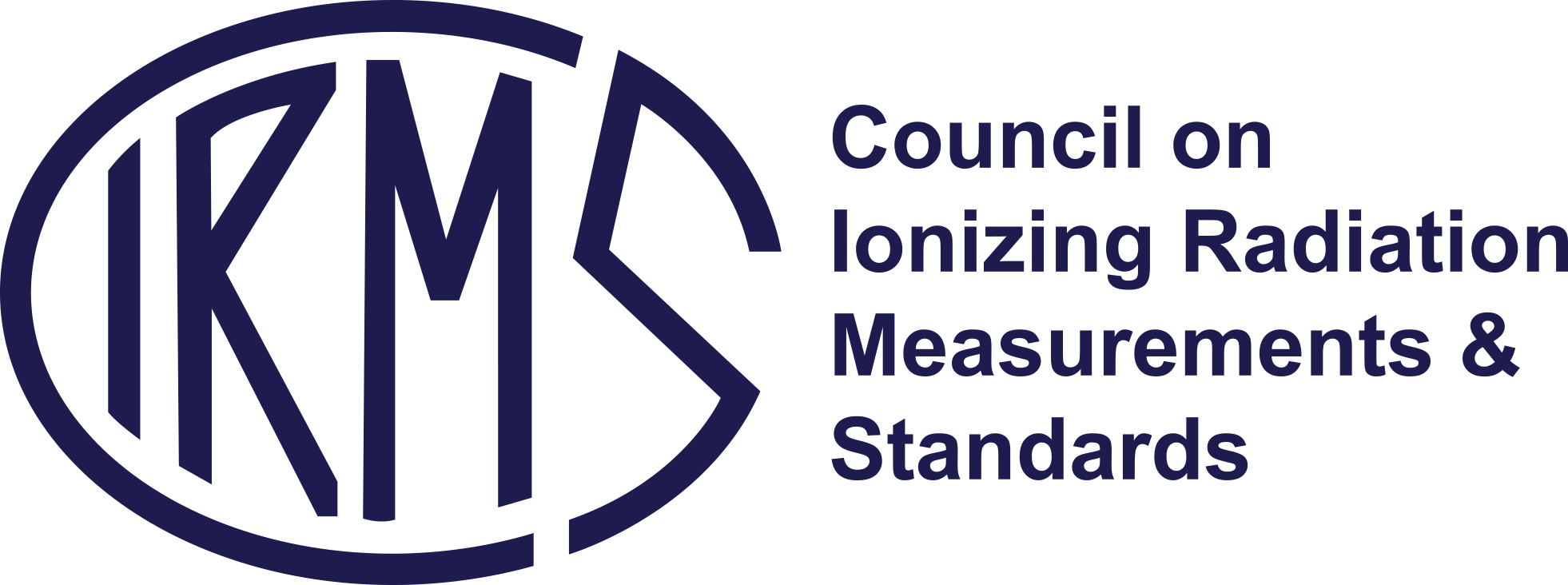CIRMS History
On January 8, 1991, Randy Caswell, then Chief of the Ionizing Radiation Division at the National Institute of Standards and Technology (NIST), invited a number of representatives from industry, academia, and government to attend a meeting at NIST on Tuesday, February 26, 1991 to discuss the formation of a new organization that would bring the Ionizing Radiation Division some outside perspective on the needs and long term goals for its ionizing radiation measurement program. The idea was to mirror the efforts of the Council on Optical Radiation Measurements (CORM) which was formed in 1972 to provide similar guidance and commentary to the National Bureau of Standards (renamed NIST in 1988) in the area of optical measurements and technology.
Of concern to those 27 attendees at this first meeting was that the budgetary pressures of the time would shrink and diminish the effectiveness of federally funded coordinating committees and councils, such as the Committee on Interagency Radiation Research and Policy Coordination (CIRRPC), chartered in April, 1984. This could result in a lack of coherent direction to the scientific and technology efforts in ionizing radiation. Also of concern was how the NIST would integrate its added congressionally mandated tasks of supporting the development of commerce and industry to these efforts. The 16 organizations and associations present at this formation meeting all endorsed the concept of forming a council, as did others who could not attend. Besides NIST personnel, this included representatives from DOD, FDA, FEMA and NASA. The name of the council, the Council on Ionizing Radiation Measurements and Standards (CIRMS), was decided upon and a short list of possible functions was agreed upon.
An Organizing Committee was formed to develop a structure for this new council and provide an initial slate of officers. This Organizing Committee was composed of Randy Caswell as Chairman, Tom Heaton from the FDA, Bill Eckelman from NIH and Tony Berejka, from the industrial association, RadTech International North America. Convening on June 17, 1991, the Organizing Committee went about the business of drafting bylaws, filing papers for incorporation in Maryland and applying for CIRMS 501(c)(3) tax-exempt status from the IRS, with a substantial amount of detail being handled by NIST retiree, Elmer Eisenhower.
It was agreed that CIRMS should be a distinct, privately funded entity, not dependent upon any specific allocation of government funding. A modest dues structure was developed, separating membership into three categories: individual, organizational, and corporate. In the development of the CIRMS bylaws, an Executive Committee consisting of the President, a First Vice President, a Second Vice President, a Secretary-Treasurer, and a NIST representative were spelled out, with the Vice Presidents succeeding each other and the President on a yearly basis. The Organizing Committee felt that it would be best for the Council to rotate the elected officers amongst the three main constituencies: industry, academia and government. A committee and subcommittee structure as it still stands was incorporated into the bylaws.
By early 1992, the Organizing Committee had received acceptance from candidates for the elected offices in CIRMS and met at NIST on March 31, 1992, with these officers:
As the first President of CIRMS, Marshall Cleland sent out letters of invitation on May 14, 1992, to various organizations, agencies and individuals to officially join CIRMS and to attend the first CIRMS annual meeting at the NIST campus on October 22-23, 1992.
This inaugural meeting drew 63 participants and focused mainly on the objectives of CIRMS and identifying the areas where the organization could be most effective. Opening remarks were provided by Katharine Gebbie, Director of the NIST Physics Laboratory and was followed by a talk by Randy Caswell titled “The Objectives of CIRMS”. President Cleland chaired the opening day’s main session which was a panel discussion on “The Diversity of Ionizing Radiation Needs.” A series of distinguished panel members discussed needs in the areas of:
(1) nuclear medicine, (2) radiation oncology, (3) diagnostic radiology, (4) industrial processing, (5) industrial radiography, (6) nuclear energy radioactivity, (7) nuclear power materials dosimetry, (8) defense, (9) radon, and (10) environmental radioactivity.
The panel session was followed by a presentation by Bert Coursey on “The Commonality of Measurement and Standards Problems.” Peter Almond then led an open discussion on “Bringing Diverse Uses and Common Interests Together.” Elmer Eisenhower closed the day’s activities by reviewing the bylaws of CIRMS. Tom Bell led the following morning’s open discussion on the CIRMS committee structure and what kind of tasks these committees could undertake.
By mid-February 1993, the leadership of the various committees had been sorted out. Bill Koch, a retired Chief of the NIST Ionizing Radiation Division and longtime Director of the American Institute of Physics became chair of the Science and Technology Committee. Tom Heaton, FDA, lead the Medical Subcommittee; Carl Gogolak, EML, the Public/Environmental Radiation Protection Subcommittee; Ken Swinth, Battelle PNL, the Occupational Radiation Protection Subcommittee; and Walt Chappas, University of Maryland, the Radiation Effects Subcommittee. Several of these subcommittees have since combined to form the three subcommittees as they exist today: (1) Medical Subcommittee, (2) Radiation Protection and Homeland Security Subcommittee, and (3) Industrial Applications and Material Effects Subcommittee.
With bylaws and a full slate of officers committee chairs identified, CIRMS became a functioning organization.
In 2023, the Industrial Applications and Material Effects Subcommittee voted to rename itself as the Radiation Processing and Material Effects Subcommittee.
